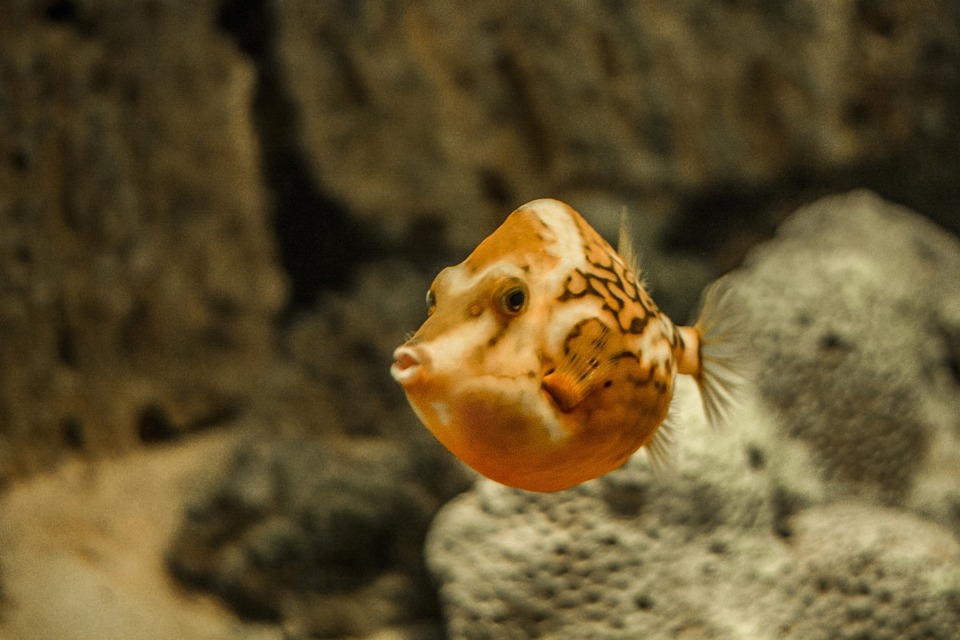Fish, often thought of as solitary creatures, actually have a complex social structure that rivals that of many land animals. They exhibit a wide range of social behaviors, from intricate mating displays to complex hierarchies. In this article, we explore the fascinating world of fish socialization and shed light on their intricate social behavior.
Fish form social groups for various reasons, including protection, feeding, and reproduction. Socialization offers advantages such as increased protection against predators, improved foraging efficiency, and enhanced reproductive success through synchronized spawning. The formation of social groups is driven by evolutionary reasons, as it provides survival and reproductive benefits.
Fish communicate with each other through visual displays, chemical signals, and acoustic cues. They use body language, color changes, pheromones, and even produce sounds to convey messages. Visual communication includes colorful displays and body language, while chemical communication involves the use of pheromones and chemical signaling. Acoustic communication opens up the hidden world of fish sounds, which are used for various purposes such as courtship and territorial defense.
There are different types of fish social groups, including shoaling, schooling, and aggregations. Shoaling refers to a loose association of fish with no defined structure, while schooling involves highly coordinated movements and synchronized behavior. Aggregations are temporary gatherings for feeding or spawning, where fish come together for a specific purpose.
Within fish groups, there are power dynamics and hierarchies. Dominance hierarchies and pecking orders exist, where certain individuals hold higher status and access to resources. Fish exhibit territorial behavior and defend their resources against intruders. Submissive behavior is also observed, as fish try to avoid conflicts and maintain harmony within the group.
Mating rituals in fish are complex and involve courtship displays and intricate behaviors. Courtship displays include displays of color, movement, and sound, which play a crucial role in mate selection and reproductive success. Some fish species, such as angelfish and clownfish, can form long-lasting pair bonds or small family groups, revolving around cooperative breeding and parental care.
Research suggests that certain fish species are capable of recognizing and remembering individual faces or color patterns. This ability helps them maintain social relationships and avoid conflicts within the group. However, not all fish species exhibit complex social behavior, as some prefer solitary lifestyles.
While socialization offers numerous benefits, it also poses risks. Increased competition for resources, the potential spread of diseases within the group, and vulnerability to predation if the group attracts attention are some of the risks associated with fish socialization.
By studying the intricate social behavior of fish, we gain a deeper understanding of their remarkable lives and the broader aspects of animal behavior and social evolution. Fish are not solitary creatures but rather participants in a complex and fascinating social world beneath the water’s surface.









